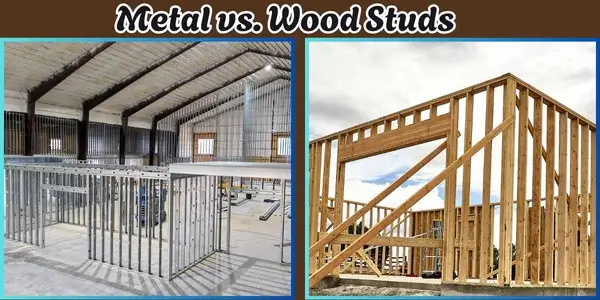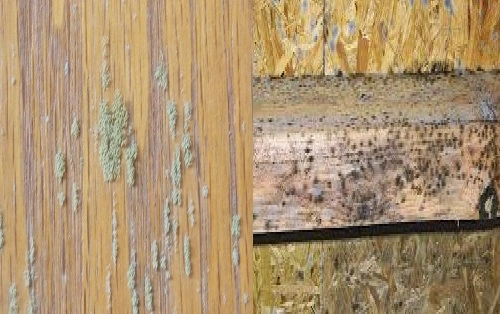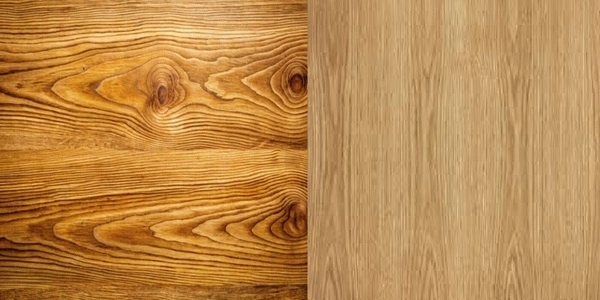When it comes to construction and remodeling projects in the USA, the debate between metal studs and wood studs remains a hot topic among homeowners, builders, and contractors. Both materials are popular choices for wall framing, but they have significant differences in cost, performance, durability, and ease of use. Selecting the right material depends on your project requirements, budget, and priorities.
In this article, we’ll explore the differences between metal and wood studs, their pros and cons, and which one is the better choice for your specific needs.
What Are Studs?
Studs are vertical framing members used to build walls, whether load-bearing or non-load-bearing. They provide the skeleton for walls, support drywall or other materials, and allow for electrical, plumbing, and insulation installations. Traditionally, wood studs have been the go-to choice for residential construction, but metal studs have gained popularity due to their durability and resistance to environmental factors.
Metal Studs: Overview
Metal studs, also known as steel studs, are typically made from lightweight galvanized steel. They are commonly used in commercial construction but are increasingly being used in residential projects as well.
Advantages of Metal Studs
1. Durability: Metal studs are resistant to rot, termites, and moisture, making them an ideal choice for areas prone to humidity or pests. They don’t warp, twist, or split over time like wood can.
2. Lightweight: Metal studs are lighter than wood, making them easier to transport, handle, and install—especially for larger projects.
3. Fire Resistance: Steel studs are non-combustible, providing an added layer of safety in fire-prone areas.
4. Consistency: Unlike wood, metal studs are uniform in size and shape, ensuring a straighter and more precise wall construction.
5. Environmental Benefits: Metal studs are often made from recycled steel and are fully recyclable, making them an eco-friendly option.
6. Low Maintenance: They require little to no maintenance as they are not susceptible to common issues like mold or insects.
Disadvantages of Metal Studs
1. Cost: Metal studs are typically more expensive than wood studs, particularly in residential construction.
2. Thermal Conductivity: Metal conducts heat and cold more easily than wood, reducing energy efficiency unless proper insulation techniques are used.
3. Installation Complexity: Installing metal studs requires specialized tools like tin snips, a metal-cutting saw, and screws specifically designed for metal. Fastening drywall to metal studs can take longer compared to wood studs.
4. Load-Bearing Limitations: While metal studs are excellent for non-load-bearing walls, heavier gauge metal studs must be used for load-bearing applications, which can increase costs.
Wood Studs: Overview
Wood studs have been the traditional framing material in residential construction for decades. Made from lumber (such as pine or fir), wood studs are versatile and cost-effective.
Advantages of Wood Studs
1. Lower Cost: Wood studs are generally cheaper than metal studs, making them a budget-friendly choice for most residential projects.
2. Easy to Work With: Wood is easy to cut, drill, and fasten using standard tools like saws, drills, and hammers. Drywall, trim, and fixtures can be attached to wood studs quickly and securely.
3. Better Thermal Performance: Wood studs offer better natural insulation compared to metal studs, helping to maintain energy efficiency.
4. Load-Bearing Capacity: Wood studs are ideal for load-bearing walls, as they can support significant weight without additional reinforcement.
5. Availability: Wood studs are widely available across the country, making them accessible for projects of all sizes.
Disadvantages of Wood Studs
1. Susceptible to Rot and Pests: Wood is prone to moisture damage, rot, and termite infestations, especially in humid or wet environments.
2. Warping and Shrinking:
Over time, wood can warp, twist, or shrink, which can impact the integrity of the wall.
3. Fire Hazard: Wood is combustible and does not offer the fire resistance that metal studs provide.
4. Inconsistencies: Wood studs may have knots, imperfections, or irregularities, making it more challenging to achieve perfectly straight walls.
Key Differences: Metal Studs vs. Wood Studs

| Feature | Metal Studs | Wood Studs |
|---|---|---|
| Cost | More expensive upfront | Cheaper and widely available |
| Durability | Resistant to rot, pests, and moisture | Susceptible to rot, pests, and warping |
| Fire Resistance | Non-combustible | Combustible |
| Weight | Lightweight | Heavier |
| Installation | Requires specialized tools | Easier to cut, drill, and fasten |
| Load-Bearing | Suitable with heavier gauge steel | Naturally suited for load-bearing |
| Thermal Efficiency | Poor without insulation | Better natural insulation |
| Environmental Impact | Recyclable and eco-friendly | Renewable but less recyclable |
Which Should You Choose: Metal or Wood Studs?
Your choice between metal and wood studs depends on the project, location, and budget:
1. Residential Projects: For most homes, wood studs are the preferred choice due to their affordability, ease of use, and natural insulation properties.
2. Commercial Projects: For large-scale commercial buildings or areas prone to moisture and fire hazards, metal studs are often the better option due to their durability and fire resistance.
3. Moisture-Prone Areas: In basements, bathrooms, or coastal environments, metal studs are ideal because they won’t rot, warp, or attract termites.
4. Budget Constraints: If keeping costs low is a priority, wood studs are the economical option.
5. Precision Construction: For perfectly straight walls with minimal imperfections, metal studs offer greater consistency and uniformity.
Conclusion
Both metal studs and wood studs have their unique advantages and drawbacks. Wood studs remain the go-to option for residential construction due to their cost-effectiveness, ease of installation, and load-bearing capabilities. On the other hand, metal studs excel in environments requiring durability, fire resistance, and protection against moisture or pests.
Ultimately, choosing the right material depends on your project goals, environment, and budget. For homeowners looking to remodel, build new walls, or improve their spaces, understanding the differences between metal and wood studs ensures you’ll make the right choice for long-term success.

